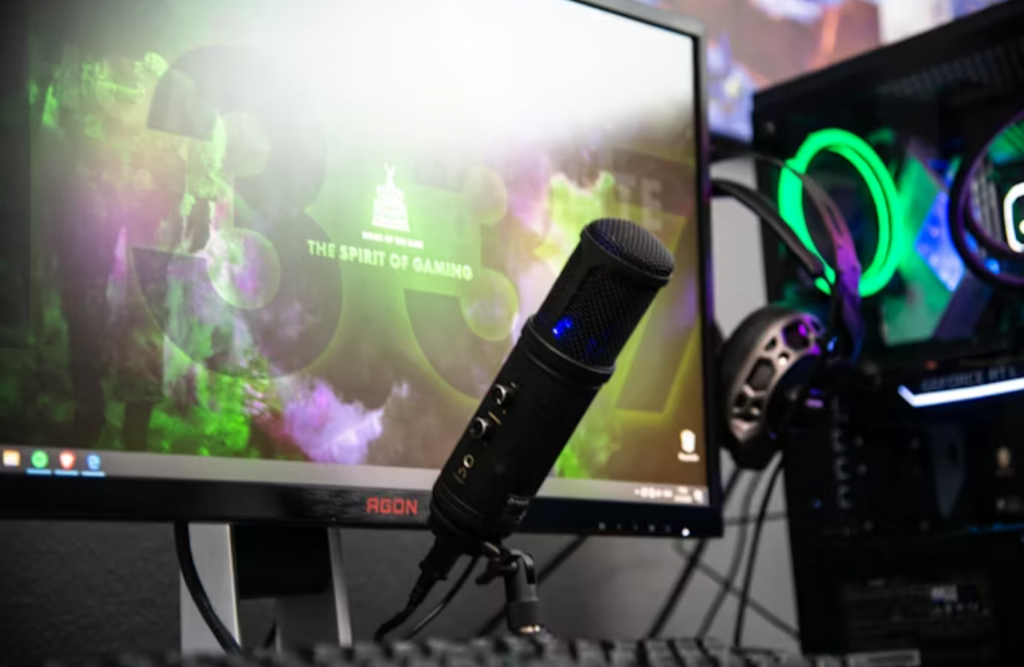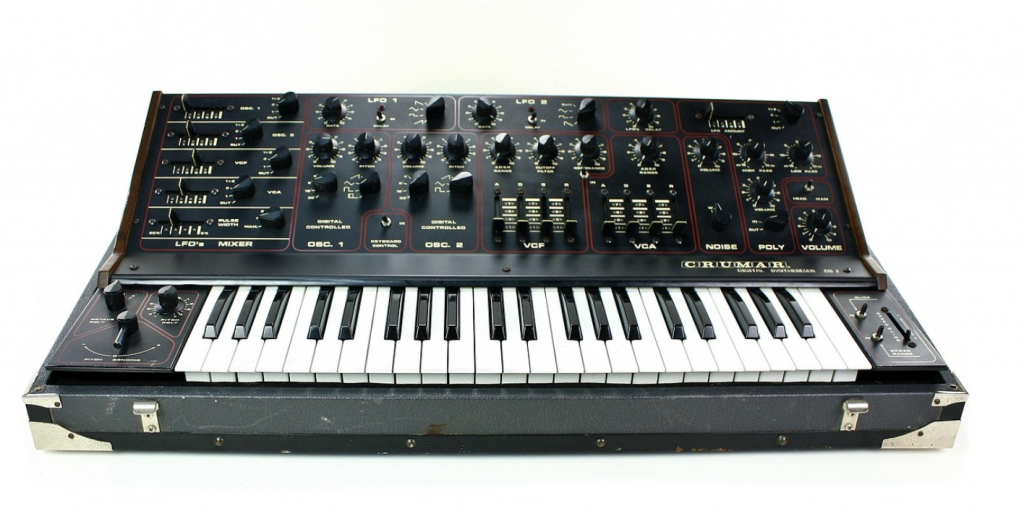H1: Introduction
When it comes to recording quality sound, the microphone you choose can make all the difference. Whether you’re a vocalist, guitarist, podcaster, or streamer, selecting the right mic ensures that your audio is crisp, clear, and professional. In this article, we’ll explore the best microphones for various uses, from vocals to podcasting and streaming, and help you decide what suits your needs best.
H2: Understanding Microphones
Microphones come in many shapes, sizes, and types, each suited to different uses. Before diving into specific recommendations, let’s break down the basic types of microphones and what makes them unique.
H3: Different Types of Mics: Dynamic vs. Condenser
Two of the most common microphone types are dynamic and condenser mics. Dynamic mics are durable, versatile, and often used in live performances because they handle high sound pressure levels well. They’re less sensitive, so they’re great for isolating sounds from a noisy environment. On the other hand, condenser microphones are more sensitive and are the go-to choice for studio recording because they capture more detail, making them perfect for vocals and acoustic instruments.
H3: Mic Specifications
When selecting a microphone, certain specifications are crucial to understand:
- Frequency response determines the range of frequencies a mic can capture.
- Sensitivity affects how well the mic picks up soft sounds.
- Polar patterns like cardioid, omnidirectional, and bidirectional describe how the mic captures sound from different directions.
H2: Choosing a Mic for Vocals
Whether you’re recording in a home studio or a professional setting, choosing the right microphone for vocals is crucial for capturing clear, dynamic sound.
H3: Best Mics for Studio Vocals
For vocals, you’ll want a microphone that can handle a wide frequency range and capture every nuance of your voice. Condenser microphones are usually the best choice due to their high sensitivity and detail.
H4: Key Features for Vocal Mics: Frequency Response and Sensitivity
A good vocal mic should have a broad frequency response, ideally between 20Hz to 20kHz, to capture the full range of your voice. It should also be sensitive enough to pick up subtle vocal variations.
H4: Top Picks for Vocals
- Shure SM7B: A favorite in the music and podcasting world, this dynamic mic is known for its versatility and ability to isolate vocals in any environment.
- Audio-Technica AT2020: This affordable condenser mic delivers excellent sound quality, making it a great option for home studios.
H2: Choosing a Mic for Guitar
Whether you’re playing acoustic or electric guitar, the mic you choose will shape the overall sound of your performance.
H3: Microphones for Acoustic and Electric Guitar
For acoustic guitars, condenser mics are generally preferred because they capture the nuanced sound of the instrument’s body. For electric guitars, a dynamic mic can handle the higher volumes and direct sound pressure without distortion.
H4: Key Features for Guitar Mics: Polar Pattern and Response Curve
When mic’ing a guitar, you’ll want to choose a mic with a cardioid polar pattern, which isolates the guitar sound and reduces room noise. The mic’s frequency response curve should highlight the mids and highs, as these are most important for capturing the natural tones of a guitar.
H4: Top Picks for Guitar Mics
- Shure SM57: This dynamic mic is a classic choice for electric guitars, offering durability and clear sound capture.
- Rode NT1-A: Known for its ultra-low self-noise, this condenser mic is perfect for acoustic guitar recordings.
H2: Choosing a Mic for Podcasting
Podcasting has exploded in popularity, and to stand out, you need a microphone that captures every word with clarity and precision.
H3: Best Mics for Clear, Professional Sound
Podcasts require mics that offer both clarity and reliability. USB microphones are popular for beginners due to their ease of use, while XLR mics are preferred for professional-grade audio quality.

H4: Podcast-Specific Features: USB vs. XLR Mics
- USB mics are plug-and-play, meaning they connect directly to your computer without the need for an audio interface. They’re a great choice for podcasters starting out.
- XLR mics, on the other hand, offer better sound quality and flexibility, especially when used with an audio interface or mixer.
H4: Top Picks for Podcasters
- Blue Yeti: A favorite USB mic, known for its ease of use and multiple pattern settings.
- Audio-Technica AT2020XLR: A high-quality condenser microphone that offers a great balance between price and performance.
H2: Choosing a Mic for Streaming
Streamers need a mic that can deliver professional-quality audio in real-time, with minimal delay and distortion.

H3: Real-Time Sound Quality and Durability
For streamers, durability and sound quality are key. The mic should have a cardioid polar pattern to isolate your voice from background noise, and it should be able to handle a variety of input levels without distortion.
H4: Top Picks for Streamers
- HyperX QuadCast: A USB mic that delivers clear sound and comes with an anti-vibration shock mount, making it perfect for streamers.
- Elgato Wave 3: Known for its crisp sound and ease of integration with streaming software, this mic is a solid choice for professional streamers.
H2: Choosing a Mic for YouTube Videos
Whether you’re filming tutorials, vlogs, or music covers, having the right microphone for YouTube can make your videos more engaging.
H3: Mic Features for YouTube
For YouTube videos, you’ll need a mic that offers directionality (so it focuses on your voice) and is portable for easy setup and movement.
H4: Top Picks for YouTubers
- Rode VideoMic Pro+: A shotgun mic that’s perfect for on-camera use, providing high-quality sound while reducing background noise.
- Samson Go Mic: A compact USB mic that offers impressive sound quality for a portable option.
H2: Other Considerations
Choosing the right microphone isn’t just about specs—there are other factors to consider, like your budget and the space where you’ll be recording.
H3: The Right Mic for Your Environment
Consider the acoustic treatment of your room. If you’re recording in a space with a lot of echoes or background noise, you may need additional soundproofing or a mic with better noise rejection.
H2: Conclusion
In conclusion, the right microphone depends on your specific needs and environment. Whether you’re recording vocals, guitar, podcasting, or streaming, there’s a mic out there that can take your sound quality to the next level. By considering the key features and specifications we’ve discussed, you can make an informed decision that suits both your budget and your recording goals.
FAQs
Q1: What’s the best mic for beginner podcasters?
For beginners, a Blue Yeti or Audio-Technica AT2020 is a great choice. Both are easy to use and offer high-quality sound for a reasonable price.
Q2: Should I use a dynamic or condenser mic for vocals?
For vocals, condenser microphones are typically preferred because they capture a wider range of frequencies and finer details.
Q3: Can I use a USB mic for streaming?
Yes, USB mics like the HyperX QuadCast or Blue Yeti are perfect for streaming due to their ease of use and solid sound quality.
Q4: What type of mic is best for acoustic guitar?
A condenser mic like the Rode NT1-A is ideal for capturing the full range and warmth of an acoustic guitar.
Q5: How do I choose a mic for YouTube videos?
Look for a directional microphone that can isolate your voice and reduce background noise. Mics like the Rode VideoMic Pro+ are perfect for YouTube creators.


Leave a Reply